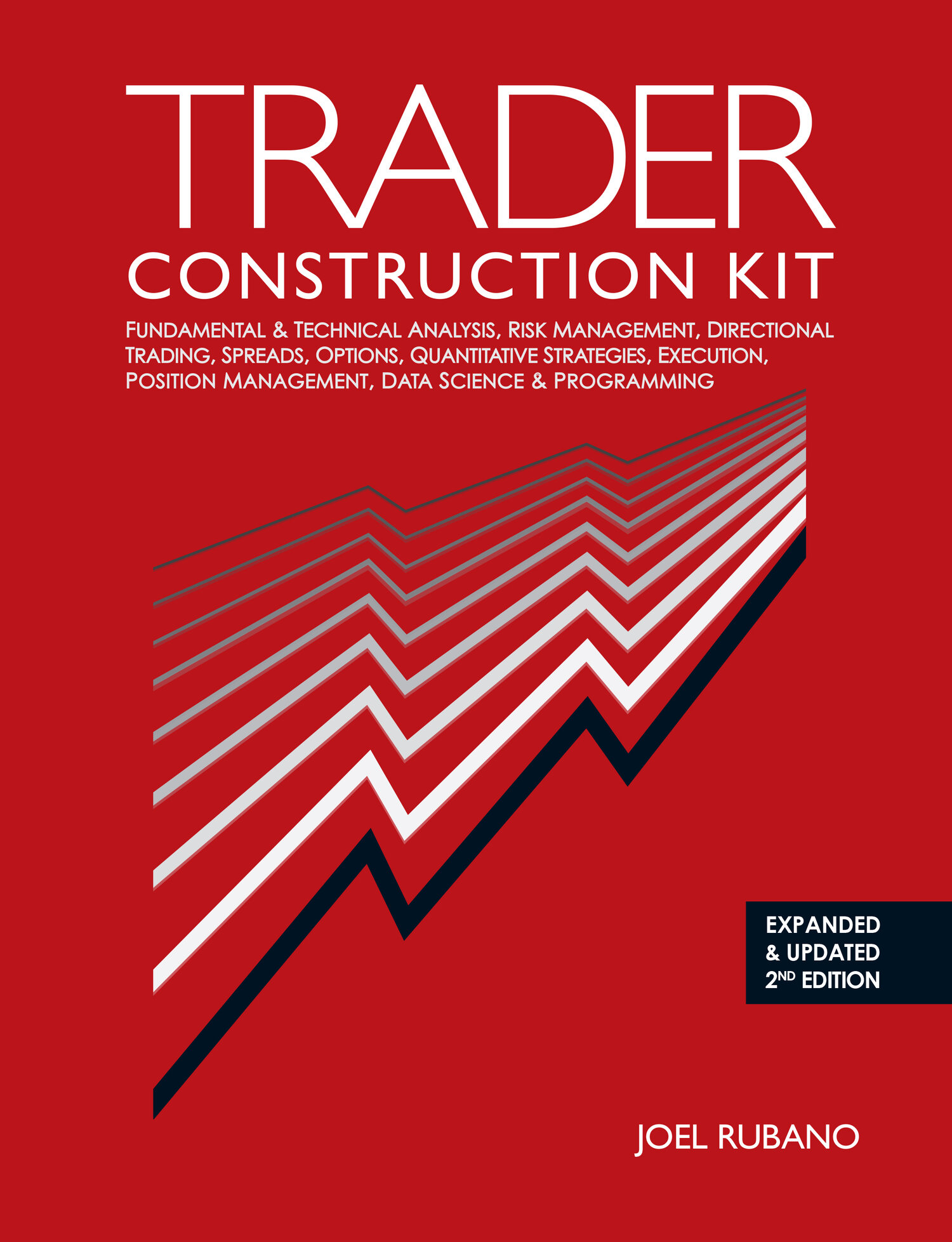Everyone wants to know what it takes to be a trader, what intangible characteristics separate the winners from the losers. For the vast majority of successful traders, there is no single thing that steers them down the path toward either the penthouse or the outhouse. If there were a perfect trader, her approach might look like this:
Vitruvian Trader
• The ideal trader has a clear sense of what she is trying to achieve at all times.
• The trader expects a particular market response when a base set of fundamental and technical conditions are disturbed by incremental change or the influence of external stimuli. This informed perspective on the future of price is called a view.
• The trader considers a variety of strategies to implement her view, selecting the one with the closest response to the underlying driver with the best potential reward, the lowest probable risk, and the best performance characteristics.
• The trader sets the position with a defined profit target and a stop-loss.
• The trader monitors the position for changes to the underlying thesis while maintaining an alert, intellectually engaged but emotionally detached state.
• If action is required, the trader executes with the maximum possible efficiency.
• The trader evaluates the results and adjusts the operational parameters (trade selection criteria, stops, targets, etc.) of the methodology as necessary.
• Repeat.
Being a professional trader is a two-part problem, how to evolve to be the best possible risk-taker and how to develop, refine, and deploy the most efficient process.
For most people, success as a trader is less a matter of deus ex machina brilliance and more a result of a steady progression, an ongoing evolutionary process wherein every student starts with innate skills and attempts to out-learn and out-develop peers. This chapter will explore the attributes common to successful traders and the common mistakes that keep neophytes from reaching their potential. Not all traders approach the job in the same way, and not all trading jobs are the same. Understanding the subtle distinctions will shed light on the development necessary, in terms of both the steepness and duration of the learning curve.
From Chapter 1 - Know Yourself, Pages 9-10.
To read more, click here. To purchase Trader Construction Kit, click here. To see future updates about new Excerpts, follow @TCK_JRubano on Twitter.
Excerpt from Trader Construction Kit Copyright © 2016 Joel Rubano. All rights reserved. No part may be reproduced in any form or by any electronic or mechanical means, including information storage and retrieval systems, without permission in writing from the publisher, except by reviewers, who may quote brief passages in a review.
